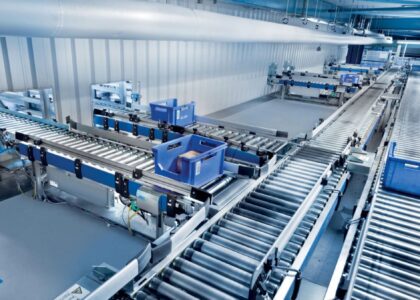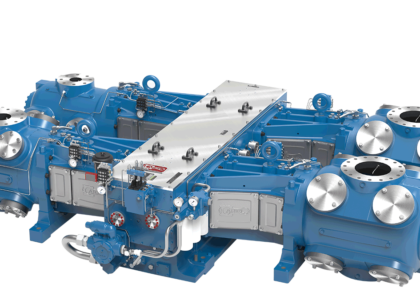Distribution components are the unsung heroes of our interconnected world. They form the backbone of electrical distribution systems, ensuring the safe and efficient delivery of electricity from power plants to our homes, businesses, and industries. Let’s delve into the diverse applications of these essential components:
Power Transmission and Distribution:
- Transformers: These workhorses are vital for stepping up voltage for long-distance transmission and stepping down voltage for safe use in homes and businesses.
- Circuit Breakers: Acting as safety guards, circuit breakers automatically interrupt the flow of current in case of overload or short circuits, preventing equipment damage and fires.
- Disconnectors: These allow for safe isolation of electrical circuits for maintenance or repairs without interrupting the entire system.
- Lightning Arresters: They divert damaging lightning surges away from sensitive equipment, protecting transformers and other components.
- Insulators: Made from non-conductive materials, insulators prevent current leakage and maintain safe separation between energized conductors and grounded components.
Get Exclusive Sample Copy of the Report: https://www.futuremarketinsights.com/reports/sample/rep-gb-15752
Industrial Applications:
- Motor Control Centers: These house and control the operation of electric motors used in various industrial processes, ensuring efficient and safe motor operation.
- Panelboards: They distribute power within a facility, feeding branch circuits that supply individual machines, lighting fixtures, and outlets.
- Surge Protectors: They safeguard sensitive electronic equipment from damaging voltage spikes caused by lightning strikes or other electrical transients.
- Ground Fault Circuit Interrupters (GFCIs): These lifesaving devices detect imbalances in current flow, potentially indicating a ground fault, and interrupt the circuit to prevent electrical shock.
The global distribution components market is expected to reach a valuation of around USD 39,236.6 Million in 2022. As per a new report by Future Market Insights, the market is projected to exhibit growth at a CAGR of 4.4% from 2022 to 2032. It is likely to be valued at USD 60,525.1 Million by the end of 2032.
Building Electrical Systems:
- Switchboards: They serve as the main distribution point for electricity within a building, receiving power from the utility and distributing it to various branch circuits.
- Fuses: These sacrificial devices interrupt the circuit in case of excessive current flow, protecting wires and equipment from damage.
- Receptacles and Plugs: These familiar components provide connection points for portable electrical appliances and devices.
- Lighting Control Panels: They allow for control and dimming of lighting fixtures, contributing to energy efficiency and creating desired lighting ambiance.
Renewable Energy Integration:
- Inverters: These convert the direct current (DC) output of solar panels or wind turbines into usable alternating current (AC) for integration into the electrical grid.
- Battery Storage Systems: Distribution components manage the flow of electricity to and from battery storage systems, enabling efficient use of renewable energy sources.
- Smart Meters: These advanced meters provide real-time data on electricity usage, allowing for better energy management and integration of renewable energy sources into the grid.
The Future of Distribution Components: Smarter and More Efficient
The landscape of distribution components is constantly evolving, driven by several key trends:
- Smart Grid Technologies: The integration of smart grids with advanced sensors and communication capabilities allows for real-time monitoring and control of the distribution network, optimizing efficiency and reliability.
- Focus on Renewable Energy Integration: Distribution components will play a crucial role in efficiently integrating a growing share of renewable energy sources like solar and wind into the grid.
- Miniaturization and Automation: Advancements in technology are leading to more compact and automated distribution components, improving space efficiency and reducing maintenance needs.
- Cybersecurity Concerns: As distribution systems become more interconnected, robust cybersecurity measures will be essential to protect them from cyberattacks.
Get Full Report Now : https://www.futuremarketinsights.com/checkout/15752




